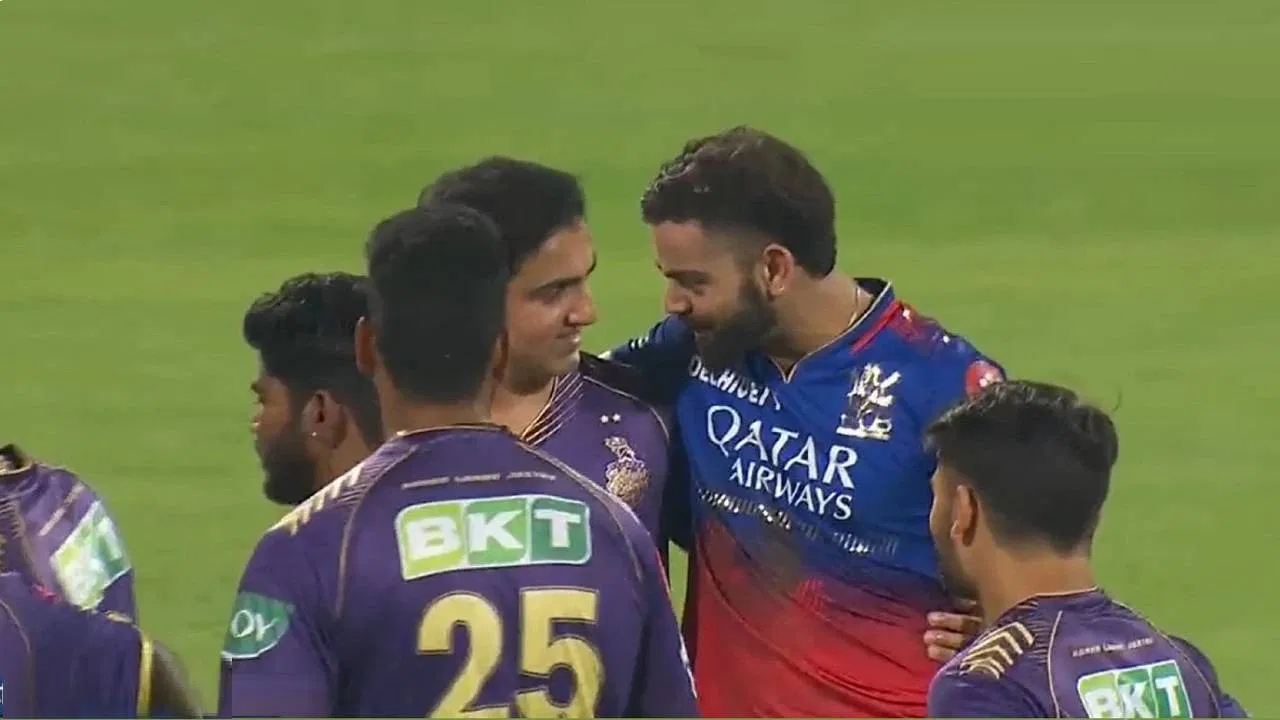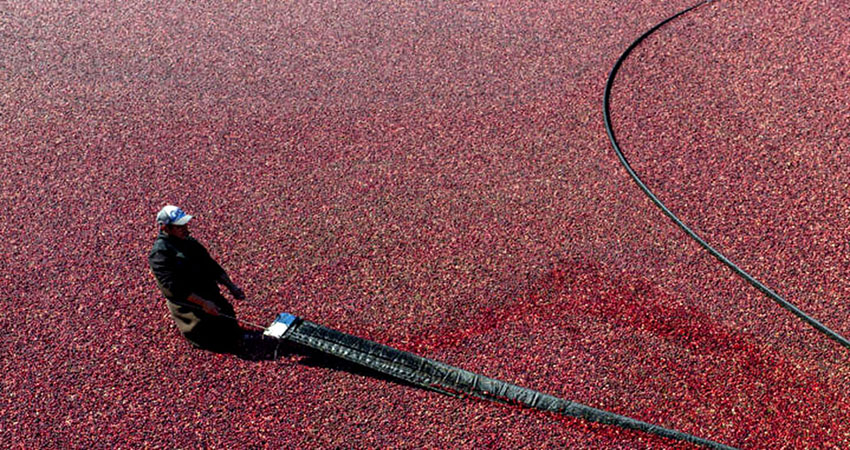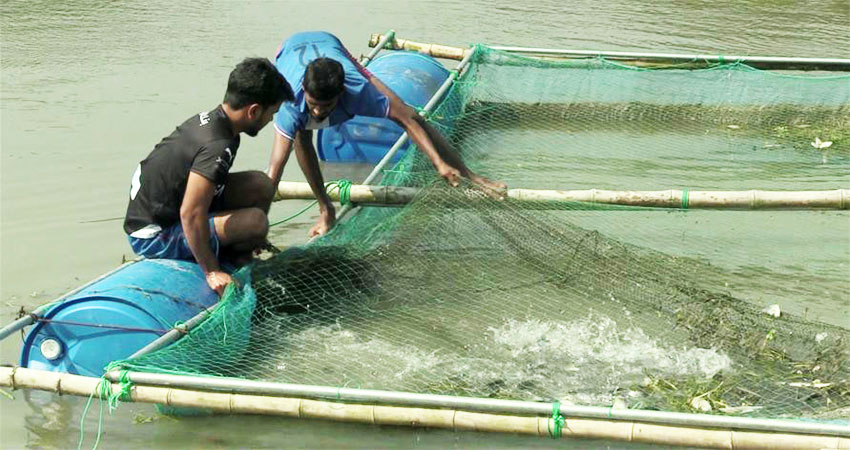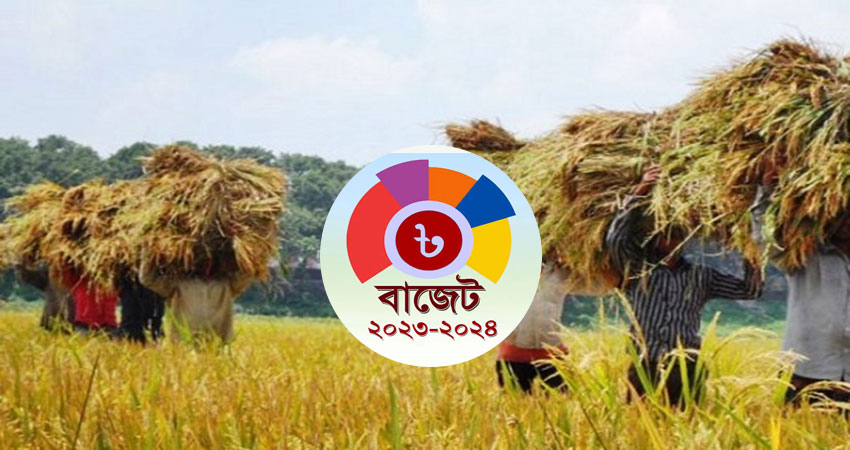Around 7,200 tonnes of seed-cotton are expected to be produced from 2,353 hectares of land in the region during the current 2022-2023 season.
In the previous 2021-2022 season, 6,700 tonnes of seed-cotton were produced from 2,352 hectares of land in the region consisting of Rajshahi, Chapainawabganj, Natore and Naogaon districts.
Mozaddid Al Shamim, Chief Cotton Development Officer (CCDO), told BSS that they are conducting cotton farming extension activities through 18 units in 15 upazilas under the zone of Cotton Development Board.
He said farming inputs, including high yielding seeds, fertilizers and irrigation, were supplied among the farmers aimed at boosting cotton yield through expanding its farming. Necessary supports were given for marketing of seed cotton. Farmers were also organized in order to attain cherished results.
Cotton farmers were imparted training through establishing 105 demonstration plots. Apart from this, 90 ideal and 15 participatory projection plots were developed for cotton development and technology transfer.
Ginning method has been promoted for processing of seed cotton produced by the farmers.
CCDO Mozaddid said they are also conducting need-based research for uninterrupted expansion of cotton farming and production.
Cotton farming has also been expanded to the amrapali mango orchard as intercropping in the barind area as well as to the unfertile and barren land in char areas.
Various other crops and vegetables, including maize, pumpkin, sesame, mung bean, cucumber and bitter gourd are being cultivated as relay crops next to cotton.
Meanwhile, the grassroots farmers are seen very much busy in cotton farming in the region, including its vast Barind tract, as they are getting benefit from the cash crop.
Isharul Haque, a farmer of Srirampur village under Godagari Upazila, has cultivated cotton on 10 decimals of land. He has to spend around Taka 10,000 for the farming purpose.
He said both plants and flowers have become eye-catching at present. Within the next couple of months, he will harvest cotton successfully if the prevailing suitable climatic condition prolongs.
He said most of the farmers cultivate some varieties like CB-12 and three hybrid varieties- Rupli-1 and DM 1 and 2 for better output.
Haque said the prospect of boosting cotton production in the region including the vast Barind tract is bright as its topography and climatic condition are suitable for the cash crop.
He had earned a profit worth Taka 8,000 through cultivating the crop on one bigha of land last year. He added that there is no problem marketing cotton as the factory people purchase it from the field.
Faruque Hossain, a farmer of village Birail under the same upazila, said: “Last year I cultivated cotton on 15 decimal lands and I got five mounds of cotton and earned Tk 20,000.
As I got a good profit, I have brought 4 bighas of land under cotton cultivation in the current season”.
He told BSS that the cotton farming is helpful towards enriching organic matter of the soil. It’s a less-water consuming crop.
Hassan Ali, another farmer of village Udpur, said that he has brought 4 bighas of land under cotton cultivation and he is expecting Taka70,000 profit from his output.
Mozaddid Al Shamim narrated salient features of the eco-friendly cotton farming and its cotton-stalk and seeds and said cotton is an agriculture crop of multipurpose uses besides many other byproduct uses. Better quality edible oil and oil cake are manufactured from cotton seeds and cotton stalk is one of the best domestic fuels.
As oil cake is highly enriched with protein and fat many people use it in cow fattening farms and fish farming ponds for better outputs. Another byproduct of the cotton refining process is crude oil that is used in soap and glycerin factories as raw material.
Source: BSS



















